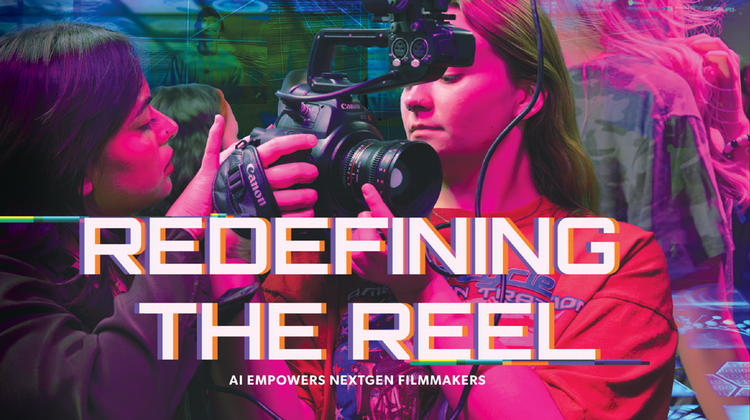Shark Week Live! Draws Thousands to Learn About Shark Science
CORPUS CHRISTI, Texas — More than a thousand shark fans from across the Coastal Bend came out to watch Discovery Channel’s Shark Week as the Harte Research Institute for Gulf of Mexico Studies (HRI) at Texas A&M University-Corpus Christi hosted their second annual “Shark Week Live!” watch party.
Benjamin Hernandez, 7, of Corpus Christi, came prepared to celebrate his favorite animal, wearing a shark-shaped hat and carrying a toy shark in his arms.
“I want to see a real Great White Shark,” he said when asked what he hoped to see at Shark Week Live!, which packed Brewster Street Icehouse Tuesday night. “But meeting some shark scientists would be awesome too,” he added.
Shark Week is known for its toothy stars, but scientists are often on hand providing the support that transforms episodes into more than just spectacle. HRI’s Center for Sportfish Science and Conservation is home to the largest shark-tagging program in the western Gulf of Mexico, and Center Director and HRI Chair for Fisheries and Ocean Health Dr. Greg Stunz, his students, and research staff have lent their scientific expertise to four different Shark Week specials. They are also filming a fifth program about the sharks swimming off Padre Island National Seashore that will tentatively air in 2019.
Their goal in working with Shark Week is to help shark conservation and research outshine the fear of sharks that is sometimes emphasized in media.
“Sharks are the great balance keepers of the ocean. We often like to say that an ocean without sharks is much scarier than an ocean with them,” Stunz said. “Sharks serve as ambassadors to the ocean and help us connect with the public to spread our message about the importance of fisheries conservation.”
Attendees at HRI’s Shark Week Live! got a look at the work that goes on behind the scenes, visiting booths staffed with sportfish researchers where attendees could ask questions, check out scientific gear, learn to tag and identify different shark species, and see where some of HRI’s satellite-tagged sharks were headed on digital interactive maps. HRI also held a live screening of past Shark Week specials “Monster Mako” and “The Lost Cage.”
Stunz and HRI Doctoral Student Kesley Gibson, whose dissertation work involves tagging and tracking sharks to learn more about their migration patterns in the Gulf, answered questions from the crowd about their sharks and fieldwork. There were also plenty of family-friendly shark-themed giveaways.
The Sportfish Center has tagged more than 5,000 sharks in the Gulf of Mexico with the help of volunteer fishermen. For more information on HRI’s shark tagging program and to follow the movements of tagged sharks around the world, visit OCEARCH.org or download the Shark Tracker app for iOS or Android.
Follow the Center for Sportfish Science and Conservation on Facebook and Twitter for more information about Shark Week or visit SportfishCenter.org.

































